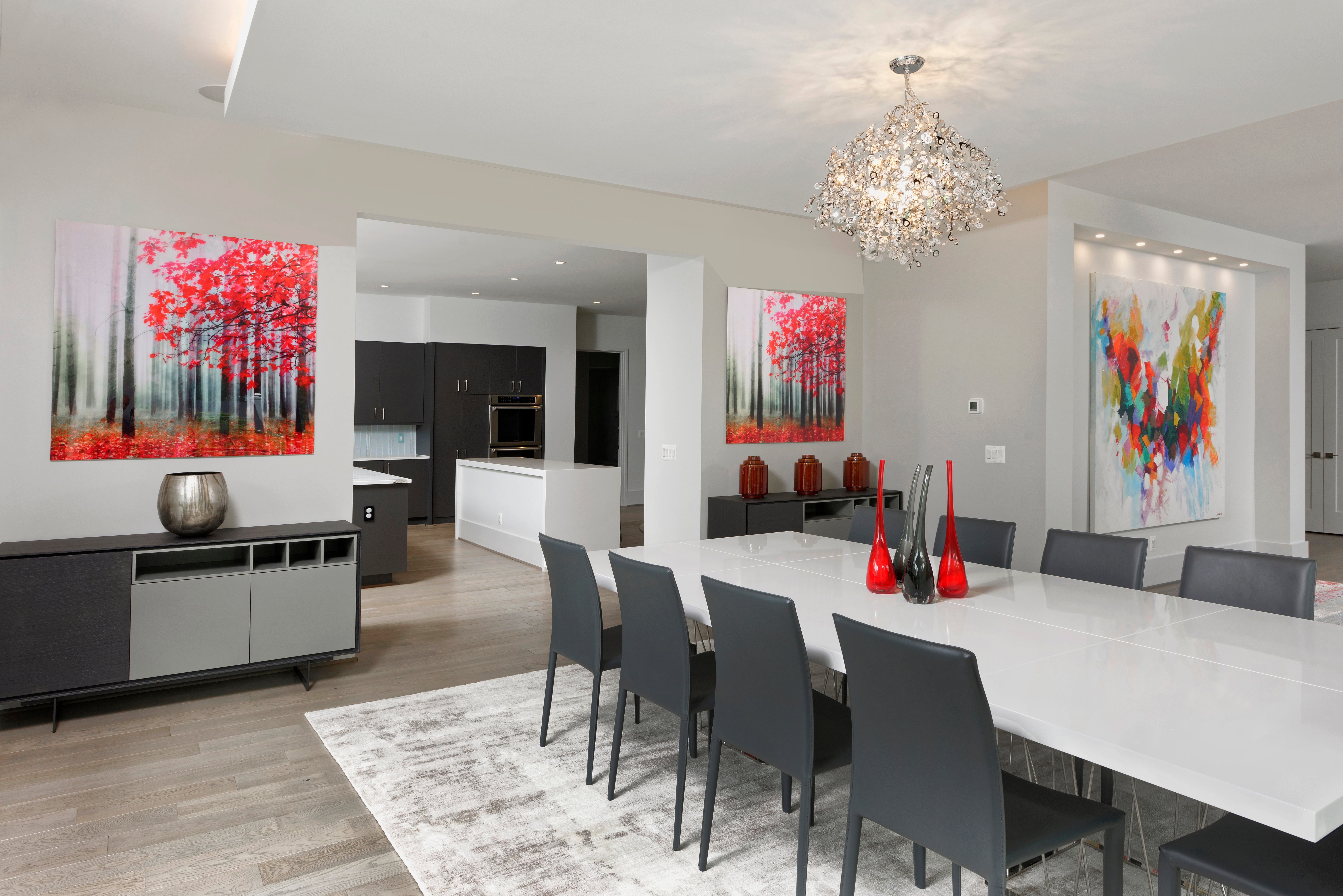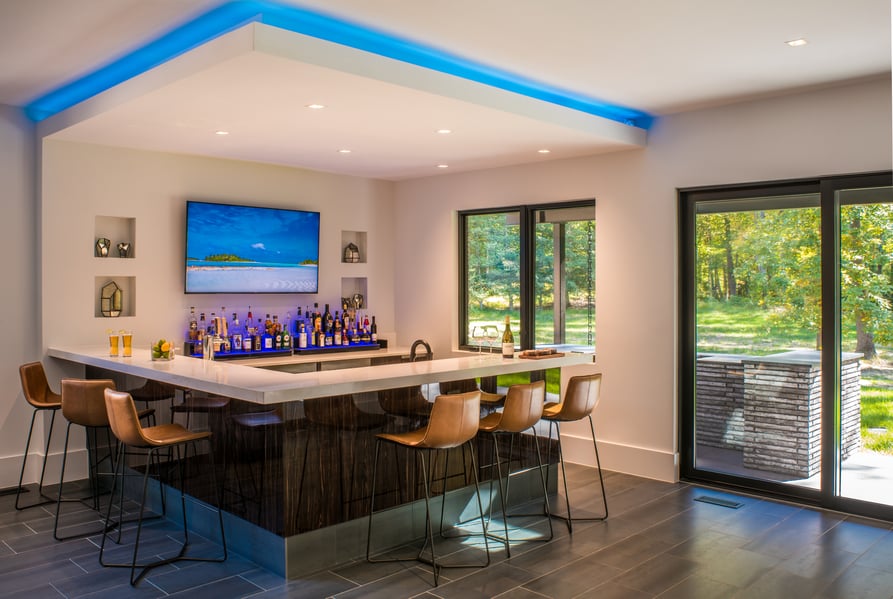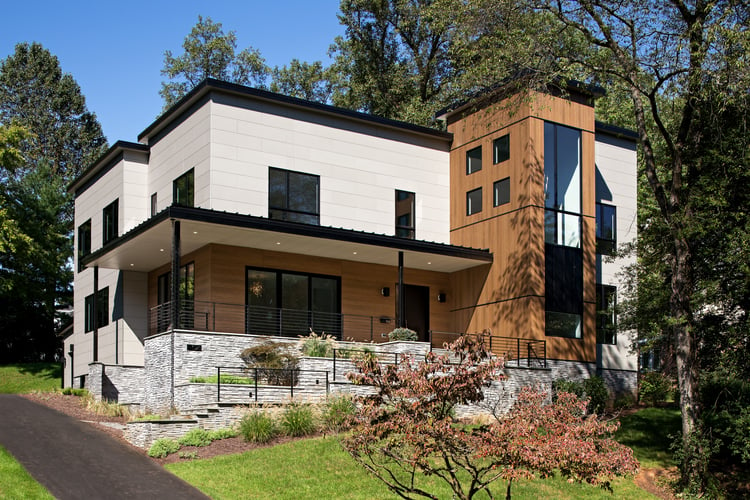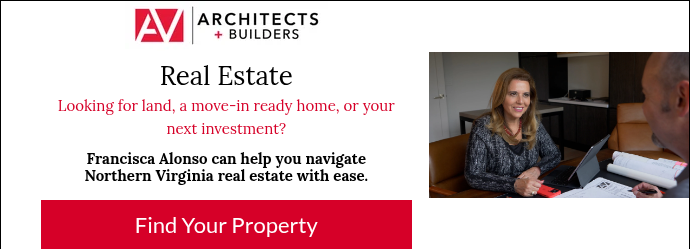What Buyers Are Choosing in 2025: Luxury Home Design Comparisons
August 20th, 2025
4 min. read

Home design used to feel like a checklist. Gas or induction. Matte or glossy. Tubs or showers. You picked one and lived with the tradeoffs. There was no middle ground.
That thinking shaped thousands of homes. Buyers followed trends because the decisions felt pre-made. But many of those choices didn’t hold up. Open shelving needed constant upkeep. High-gloss finishes wore out fast. Rooms designed to look good didn’t always work well.
Buyers in 2025 think differently. They don’t ask, “What’s trending?” They ask, “What fits my life?” They care more about systems than styles. They want low-maintenance materials, flexible spaces, clean lines, and smart tech that blends in. They care about how a home performs over time, not how it photographs on day one.
At AV Architects + Builders, we design around you. How you move. How you rest. How you work. How you want your space to feel. We don’t follow trend wars. We build with purpose. Every choice has a reason. Every feature earns its place.
This blog breaks down what buyers are choosing in 2025. You’ll see how preferences have shifted, what works over time, and what to focus on when building a home that serves you, not the algorithm.
How 2025 HomeBuyers Are Making Decisions
Homebuyers today don’t want trend-driven showpieces. They want homes that function, age well, and reflect how they live day to day. The old “either-or” choices still exist, but the reasons behind them have changed. Business Insider reports that kitchen upgrades and outdoor spaces top the list of 2025 must-haves. Jason Barry’s team notes that move-in-ready now means optimized layout, smart systems, and energy performance.
Top Luxury Home Design Comparisons of 2025
1.Induction vs Gas
Induction cooktops are fast, clean-looking, and energy-efficient. There’s no open flame, which makes them safer around kids. They’re also easier to clean since the surface stays cool.
Some homeowners still prefer gas for control and familiarity. Gas flames give visual feedback and work during electrical power outages.
If you want speed, safety, and a modern look, go induction. If you value traditional technique and don’t mind cleanup, stick with gas.

The Astron House, Great Falls, Virginia, AV Architects + Builders, Photography by Maxwell Mackenzie
2. Matte vs Glossy Finishes
Matte finishes feel soft and subtle. They hide fingerprints and smudges well, especially in busy kitchens and bathrooms. Glossy finishes reflect light and give rooms a polished look. They can make small spaces feel brighter, but they also highlight dust and smudges.
Tile flooring in matte finishes is also gaining popularity for its durability and visual calm.

3. Open Floor Plans vs Defined Spaces
Open layouts support flow and flexibility. They’re great for entertaining and connecting indoor and outdoor areas. But more buyers now want defined areas. Closed layouts offer privacy, better acoustics, and stronger function by room.
Work-from-home setups need walls. So do bedrooms and media rooms. Here’s a breakdown of when open or closed layouts make sense.

4. Natural Stone vs Engineered Materials
Natural stone like marble or granite brings texture and uniqueness. It develops character over time—but it needs sealing and maintenance.
Engineered materials like quartz offer consistency, durability, and low upkeep.
More homeowners now ask about sustainable materials that perform over time with minimal care.

5. Smart Tech vs Manual Simplicity
Smart homes let you control lighting, temperature, and security with your phone or voice. They offer convenience and energy savings.
Manual systems take more effort but offer full control with fewer issues.
A growing number of custom builds now include smart security systems from the start.

6. Warm Neutrals vs Cool Grays
Warm neutrals—like beige, tan, and soft browns—are making a comeback.
Cool grays still work in clean, minimalist designs. Choose based on how you want the room to feel.
This shift reflects the growing interest in organic modernism, which uses texture and tone to add softness.
For deeper analysis, see our piece on color in modern home design.
 The Vista House, Great Falls, Virginia, AV Architects + Builders, Photography by Maxwell Mackenzie
The Vista House, Great Falls, Virginia, AV Architects + Builders, Photography by Maxwell Mackenzie
7. LED Panels vs Accent Lighting
LED panels give strong, bright light. They work well for ceilings, workspaces, and general tasks. But they can feel harsh if overused.
Accent lighting brings depth and mood. Think sconces, under-cabinet strips, or pendants. These help shape the atmosphere.
LED lighting is more flexible than ever, but placement matters.
8. Tri-Color Bulbs vs Dedicated Tone Lights
Tri-color bulbs offer flexibility. Helpful in rentals or when the mood isn’t final.
But in your custom home, fixed tones might work better because consistency beats convenience in the long run.
 The Hill House, McLean, Virginia, AV Architects + Builders
The Hill House, McLean, Virginia, AV Architects + Builders
Why You Need to Choose Materials Before You Build
Every choice affects the next. Flooring impacts lighting. Lighting impacts paint. Paint impacts furniture. Without a clear plan, the pieces clash and cost more to fix. When you delay decisions, you don’t get flexibility—you get friction.
Choosing early doesn’t mean locking yourself in. It means knowing your priorities. It keeps the build efficient and the final result cohesive. Planning ahead also makes room for features like solar panels and HVAC zoning, which depend on early-stage design.

The Solar House, Arlington, Virginia, AV Architects + Builders, Photography by Maxwell Mackenzie
How to Choose the Right Materials for My Custom Home?
“Can I have both?” It’s a fair question. Why choose gas or induction? Matte or glossy? Why not use both?
Because design without intention leads to conflict. Without a plan, mixing both throws the space off.
You don’t need to avoid mixing. You need to stop doing it without reason. A high-gloss cabinet might work in a small pantry. Induction might go in the main kitchen while gas stays outside. Every mix needs a reason.
It’s important to understand the difference between builder-grade vs designer grade materials so you know exactly what you’re getting and which option is right for your home.
Home Design Is Long-Term, Not One-Day
Photos fade. Daily use doesn’t. A home isn’t a photoshoot. Some materials look great at first but wear down fast. Some layouts impress guests but frustrate owners.
That is the essence of our signature design philosophy, Vacation Style LivingⓇ. Your home should work for you and make you feel like you are living on vacation all year round.
Good design lasts because it fits real life, not a trend cycle. You’ll find this echoed in Real Simple’s 2025 trend report, which highlights function-first design as the top priority for buyers.
Home Design Trends Don’t Pay the Mortgage
Trendy doesn’t mean useful. Aesthetic doesn’t mean livable.
Smart buyers know this. They focus on comfort, cost-efficiency, and performance.
When you choose based on your needs, you protect your investment. The house works for you—not the other way around.
 The Hill House, McLean, Virginia, AV Architects + Builders,
The Hill House, McLean, Virginia, AV Architects + Builders,
Design With Purpose: What Today’s Homebuyers Are Really Choosing
You don’t need to figure it all out on your own. Schedule a discovery call with our team to walk through your options. Or explore our Learning Center for practical guides and real design insights. We’re here to help you plan a home that works—now and for years to come.
Topics:




